The Czech Republic, with a population of 10 million, has existed as an independent parliamentary democracy for 30 years. Since then, the Central European country has been characterized by its stable economic and political system.
Establishment of the Czech state
After World War II, a dictatorial Communist Party (KSČ) government ruled the country: no other parties were allowed, protests against the “regime” were suppressed or punished. From 1968, many demonstrations followed – also known as “Prague Spring”: A movement that tried to reform and democratize socialism. A movement that started an immense democratic discourse. Success was achieved in terms of free media reporting and freedom of expression. However, resistance came from other Warsaw Pact countries, which used repressive measures to push back the movement. But in te 1980s, civil rights movements and mass protests formed again. They created the basis for the country’s transition into a parliamentary republic. [1]
In 1992, the former Czechoslovakia was divided into Czech and Slovak parts. The first constitution of the Czech Republic came into force in the same year and declared the country a parliamentary democracy with the principles of separation of powers and the rule of law. [2]
Political System of the Czech Republic
As head of state, the president acts a representative of the country, has a control function over parliament and fulfills rather ceremonial tasks. He is elected directly by the people every five years and can stand for re-election once. The government consists of the prime minister, a deputy prime minister and subordinate ministers. They form the executive branch and are accountable to Parliament for their activities. The Prime Minister is appointed by the President, whereby the majority in Parliament must be taken into account. Once appointed, the prime minister is charged with forming the government. Petr Fiala from the Democratic Civic Party (OBS) has been the head of the government since 2021.
The parliament in the Czech Republic consists of two chambers: the House of Representatives and the Senate. A total of 200 MPs are represented in the House of Representatives, who are re-elected every four years and work in specialist committees (consisting of representatives from different parties). The Senate, with 81 deputies, has an advisory role in legislation. The central tasks of Parliament are the passing of laws (the House of Representatives has the right of initiative) and government control. [3]
Economy + International
The country was already highly industrialized and well advanced before 1945. The high economic output lasted until the 1980s. The transformation to a social market economy was thus successful – certainly due to the desire to join the EU. [4]
The Czech Republic is considered a leading trading partner in Central and Eastern Europe. The most important sectors for economic success are the automotive industry, as well as the electronics industry and mechanical engineering. The country’s official currency is the Czech koruna.
Since 2004 the Czech Republic has been a member of the EU, other important organizations of which it is a member are NATO, OSCE, Council of Europe. In 1991, the Visegrád Group was founded with Poland, Hungary and Slovakia to ensure mutual support for EU and NATO accession. Since their successful joints, the group of states has focused on foreign and security policy and migration issues. [5]
Christine Tapler

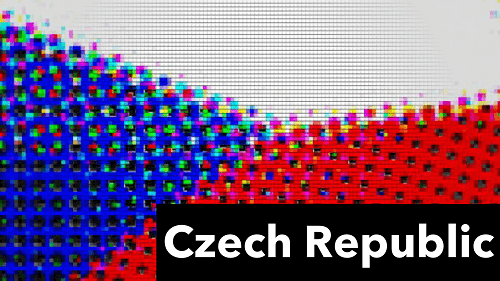
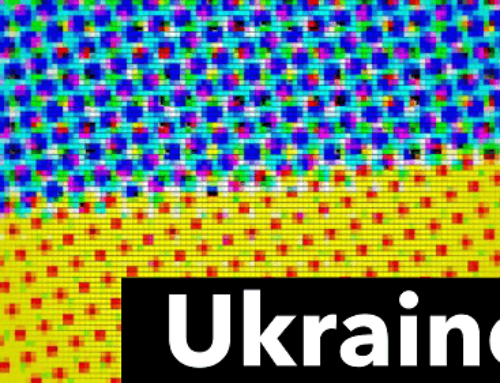
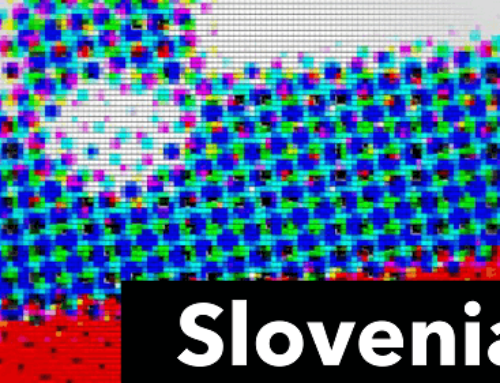
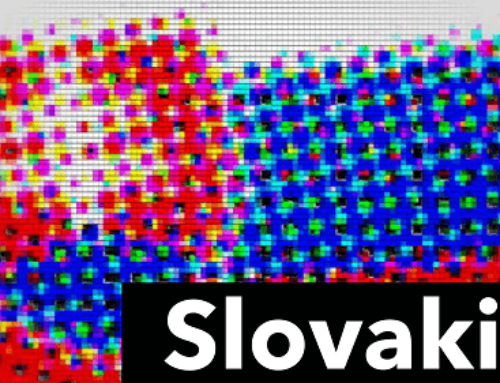
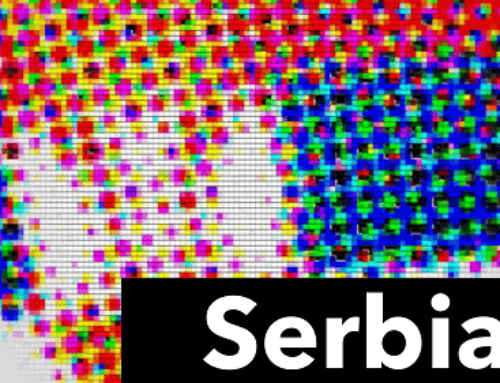
Leave A Comment